What happens next at Oregon wildlife refuge after Bundy arrests?
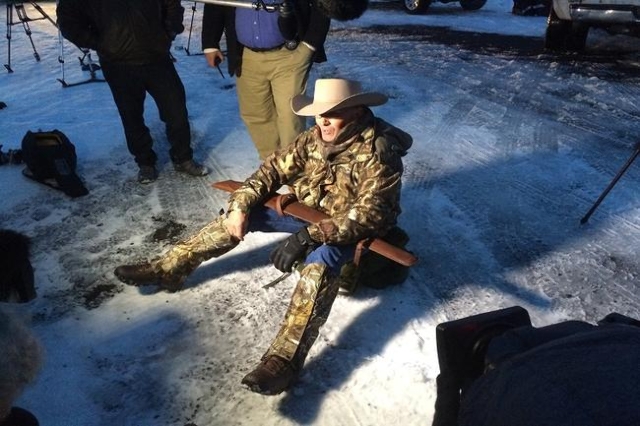
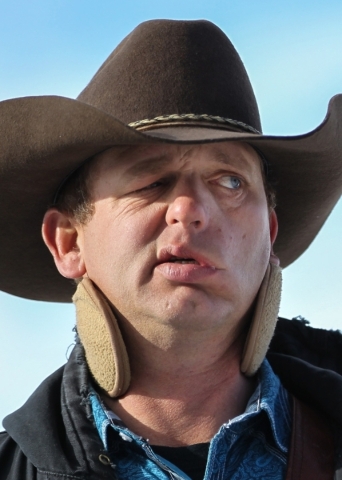

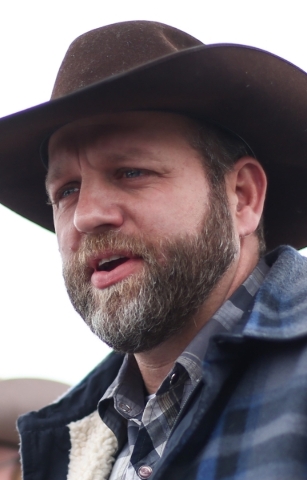
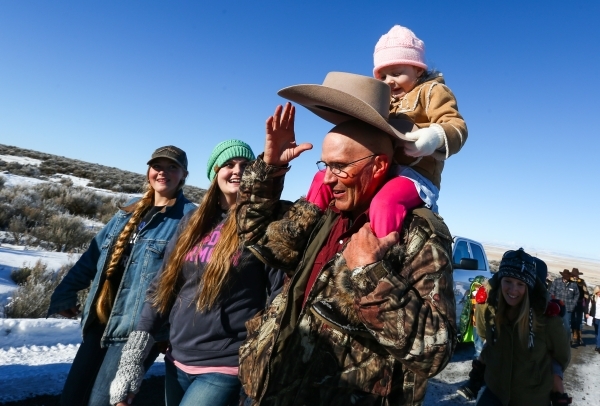
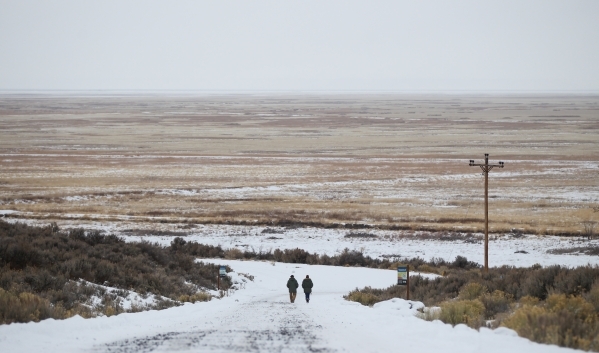
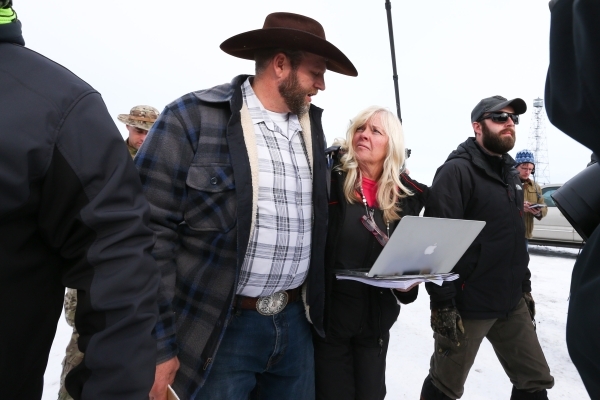
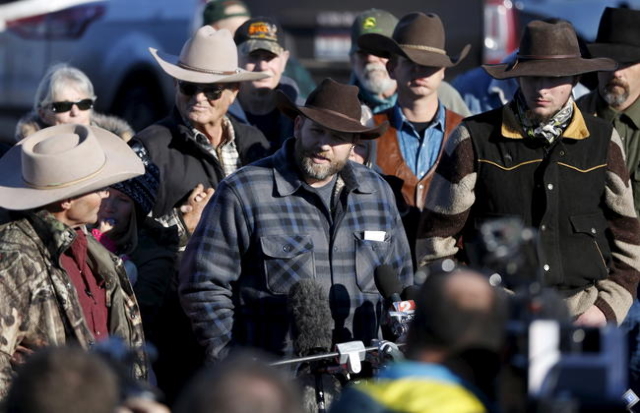
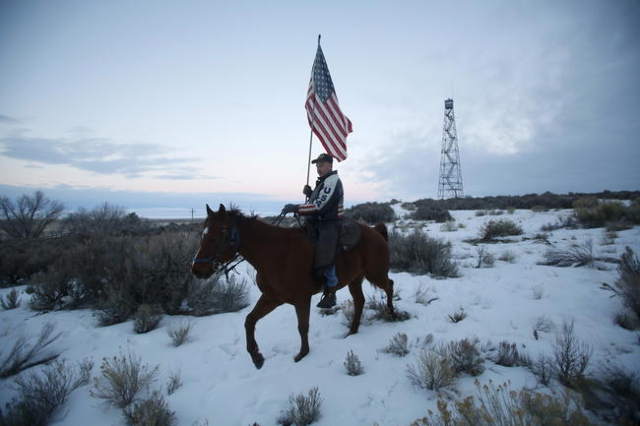

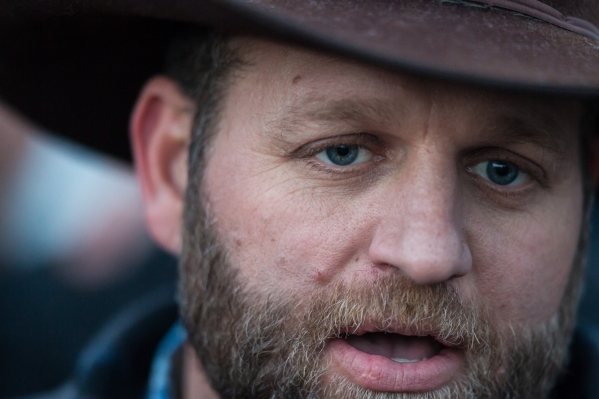

For 26 days, armed occupiers have been holed up in a lonely federal wildlife refuge headquarters in rural Oregon.
Dismissing the exhortations of the governor, ignoring the inconveniences of the residents, the occupiers stood their ground, saying they were protesting federal land policies.
The government waited patiently for an opportunity to end the situation peacefully. A break came Tuesday night when Ammon Bundy, the group’s leader, was arrested along with six others. An eighth person turned himself in. The group’s spokesman, LaVoy Finicum, was killed.
Here’s a look at what happened — and what happens next:
Are protesters still at the wildlife refuge?
Yes, it appears so, though it’s unclear how many. Numbers have fluctuated since the occupation of Malheur National Wildlife Refuge headquarters began in early January.
CNN’s Sara Sidner, who visited the refuge earlier this month, said she saw dozens of people there, mostly men. After Tuesday’s arrests, the usually outspoken group didn’t specify how many remain. Gov. Kate Brown called for patience while officials work toward a “swift and peaceful resolution.”
What do the occupiers plan to do next?
Occupiers who remained Wednesday morning told journalist John Sepulvado — reporting from inside the refuge but outside the headquarters — that they planned to stay and were prepared to die.
“I just spoke to the new leaders — including Jason Patrick — They say that 5-6 (people) had a meeting, and by consensus they decided to stay,” Sepulvado wrote Wednesday morning on Twitter.
Ammon Bundy, son of Nevada rancher Cliven Bundy, had said he and others were prepared to stay in the building for days, weeks or months if necessary. They have enough food and other supplies, he said, to see them through for a long time.
The younger Bundy repeatedly warned that the armed occupiers don’t intend to harm anyone but said that if law enforcement or others try to force them from the building, they would defend themselves.
On Tuesday, the group said on its unverified Facebook page that it was “at a heightened level of alert” and asked for prayers.
What do we know about Finicum?
Finicum was one of the most outspoken occupiers. Earlier this month, he told CNN he’d rather be killed than arrested.
“There’s no way I’m going to sit in a concrete cell where I can’t see the stars and roll out my bedroll on the ground,” he told CNN. “That’s just not going to happen. I want to be able to get up in the morning and throw my saddle on my horse and go check on my cows. It’s OK. I’ve lived a good life. God’s been gracious to me.”
Finicum, a rancher who lived in the Kaibab Plateau area of northern Arizona, publicly stated he was no longer paying federal grazing fees. He called the fees “extortion,” The Arizona Republic reported this month.
He’d appeared at multiple press conferences at the refuge.
A Facebook post on the Bundy Ranch page said that Finicum had his hands up and was shot three times. Michele Fiore, a Nevada assemblywoman and Bundy family supporter, also asserted that’s what happened. Fiore told The Oregonian that Ammon Bundy called his wife from the back of a police car Tuesday night and told her that Finicum was cooperating with police when he was shot, the paper reported.
Authorities told CNN they are not commenting on the allegations.
Why was the Malheur National Wildlife Refuge chosen?
Protesters broke into the refuge on January 2 after a rally in support of the Hammonds. “This refuge — it has been destructive to the people of the county and to the people of the area,” Bundy said.
He said the refuge has taken over the space of 100 ranches since the early 1900s. “They are continuing to expand the refuge at the expense of the ranchers and miners,” he said. CNN has not independently corroborated Bundy’s assertions. No employees were inside the building when protesters broke in, officials said.
What happens next?
That depends on whether the rest of the occupiers leave.
Keeping an eye on them apparently hasn’t been cheap. The price tag on the occupation so far is costing Oregon about $100,000 a week, the governor said. She wants reimbursement from the federal government for those mounting costs.
Then there’s the legal process. All eight people arrested Tuesday face a federal felony charge relating to their occupation of the refuge: conspiracy to impede officers of the United States from discharging their official duties through the use of force, intimidation or threats, authorities said. It’s unclear when they’ll make their first court appearances.
Also unclear is how exactly the arrests unfolded, and who fired first.
“The situation in Harney County continues to be the subject of a federal investigation that is in progress. My highest priority is the safety of all Oregonians and their communities,” the governor said in a statement.












